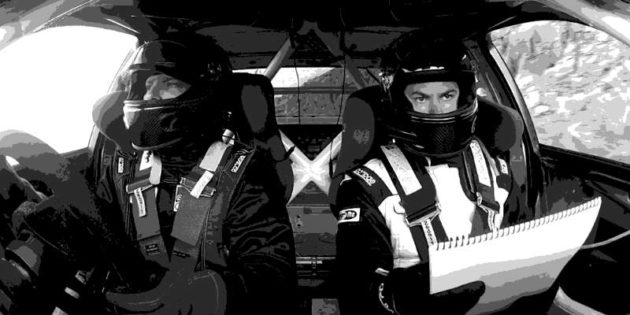The role of the Rally Navigator
A rally navigator or co-driver is probably the most important part of a rally team. Without the navigator, a driver simply wouldn’t be able to get around a rally. They have lots of tasks to do during an event and are often the difference between a win and a loss.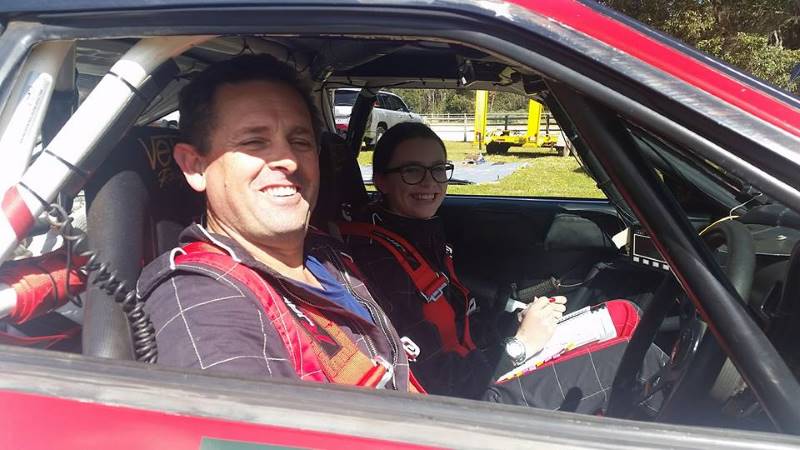
What does a rally navigator do?
Time Keeper
All rallies are run on a stringent schedule and every part of each event has a specific time that it starts. The rally navigator is chief time keeper and monitors these times down to the second. The most important job is making sure a driver and car is when and where they are supposed to be during a rally. It’s why you’ll always find a navigator checking their watch or clock during an event. They are also responsible for completing the paperwork such as time cards and writing pace notes.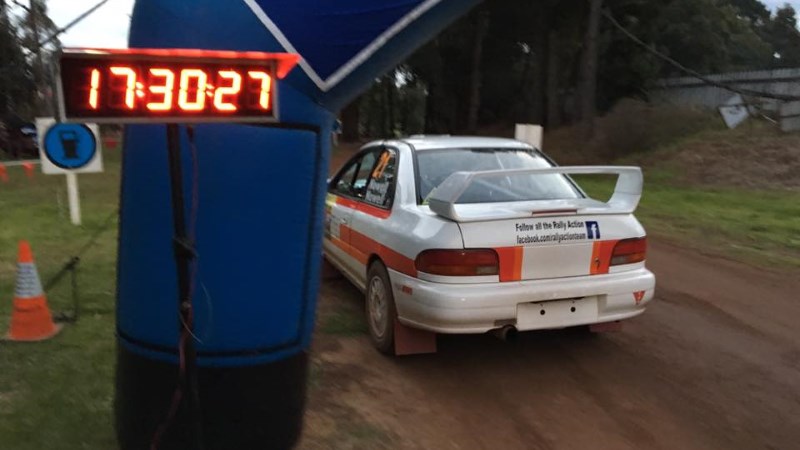
Navigation
With the time under control, the next task is to get the driver and car from place to place. This is where the navigation side comes in. In days gone by there may have been a lot of map reading, rulers and even a compass to assist. These days the organisers provide a road book that has route instructions. The navigator will give directions to the driver and make sure they get to the right place. On most modern rallies a road book is only used on transport sections. Transport or liaison is non competitive and may be on public roads. It is the link to get from one section of a rally to the next.
Preparing to race
Once a rally car has arrived at a competitive section (called a special stage) things change. It’s on with the helmet and time to race. Carefully watching the time, the navigator will prepare the driver and be ready to read pace notes. Five, four, three, two, one, Go! On the exact second the car will roar off with the driver receiving a stream of information from the co-driver.
Reading the notes
Pace notes are a description of the road conditions ahead. The navigator reads or calls pace notes throughout a special stage. Left three over crest into Right four don’t cut. It may sound like gibberish however it’s a special language understood between the crew in the car. Most co-drivers will use visual cues to know when and where to call the next note. For some events a special rally trip computer may be used to aid with navigation.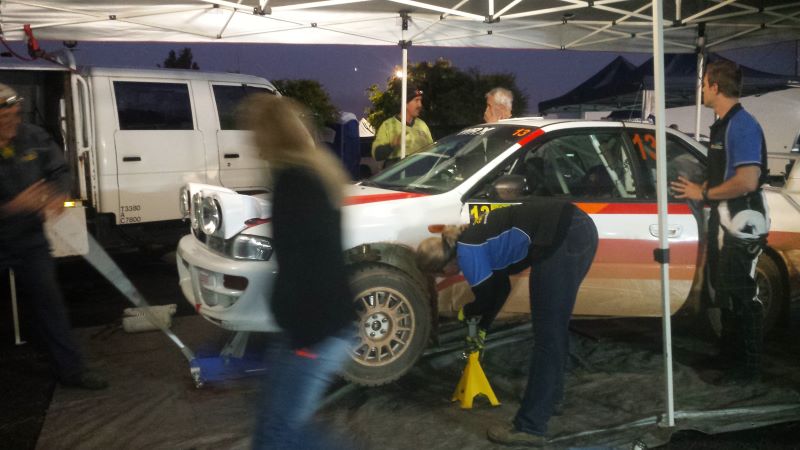
Sorting the car and the crew
Rallies have pit stops called service. These breaks have an exact amount of time allowed. The rally navigator will get the car and driver from the end of a special stage to service where the service crew will be waiting. Once booked in, a navigator may grab a bite to eat and a drink while the car is worked on. They will always be monitoring the clock. The team mechanics or the team manager also often ask how much time is left to know whether a repair or adjustment can be completed in time.
It may sound like a tough job to be a rally navigator. It can seem daunting in the beginning, however with some training almost anyone can do it.
Navigator terms
There’s many terms a rally navigator will become familiar with. We’ve already covered liaison, special stages and service. There’s a few more in the rally vocabulary to learn as well.
Late Time is pretty much as the name suggests. If the crew arrives after the correct time, they start using late time. Usually during an event there is a maximum amount of late time allowed. If this is exceeded then competitors are out of the rally.
OK, let’s not turn this into a rally dictionary. Here’s a few brief navigator terms. Parc Ferme – A secure area where rally cars are held. Control – A place where navigators hand in time cards and book in/out rally cars. Provisional start – The time officials hope the car will start a section. Actual start – The time a rally car actually starts a section. Re-group – An area used to bunch up the field and reduce gaps between cars.
Navigator calls
Calls are the instructions a navigator gives a driver during a special stage. Calls are read from a road book or pace notes. The calls can be either organiser supplied or devised between the crew. Generally the calls in road books are less detailed. For example a road book call may be: 200m Turn Right or 300m road bends left. Often road books have a diagram of the call alongside the words. The diagrams are known as tulips.
Pace notes
The crew can make pace notes as simple or as detailed as they like. Usually before a rally starts crews are allowed to drive over the stages and write their own notes. The driver will talk and the navigator will scribe the notes in their own form of short hand. Once written, the navigator will call the notes back to the driver during competition. An example is 200 L3 > Crest 100 R4. The translation is 200m Left three into crest then 100m Right four. The number is a degree of angle of the corner. The driver and navigator will both understand their pace note calls and have already devised a system that works for them.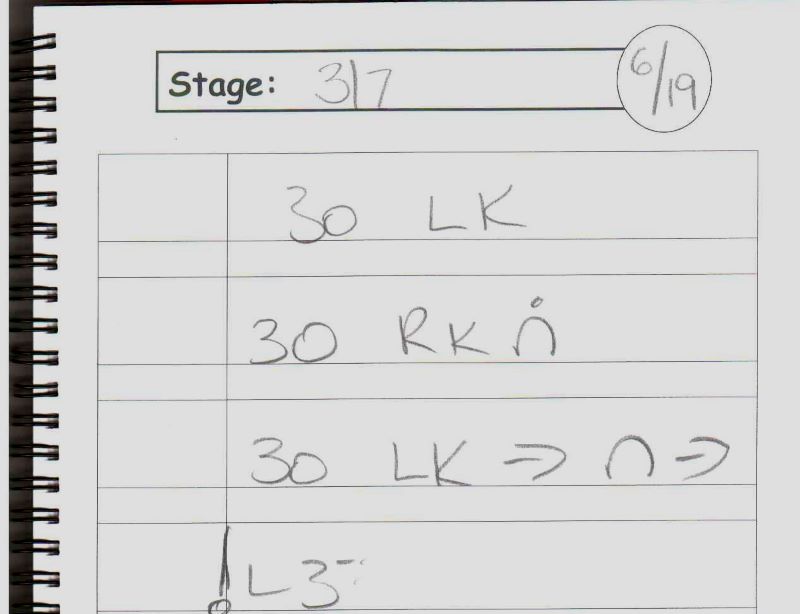
What do rally car notes mean?
The driver uses pace notes to position the rally car in the right place for each part of a special stage. Notes can take the form of numbers or descriptive calls ie: Square left. There’s no right or wrong way of writing pace notes. It comes down to the individual. Say there is a section of road which has a bumpy section, some mud on the outside of a left corner and stump on the inside. It may be described as “Caution, Rough into Left two don’t cut, mud on outside, stump on inside”. The navigator will write the instructions into short hand to make it easier to read when the car is at rally speed.
Rally Navigator Training
One of the fastest ways to become a rally navigator is with some training. There are a lot of terms and parts for newbies to understand. This is more than most people can absorb in a few hours. If you attend face to face training, once you walk out of the course you’ll have forgotten 50% within a couple of hours. Fortunately you can learn the foundations of rally navigating/co-driving online with the right course. Things like time cards and controls can take a while to absorb. Being able to go back a few times to review and spend as much time as you need to learn is invaluable.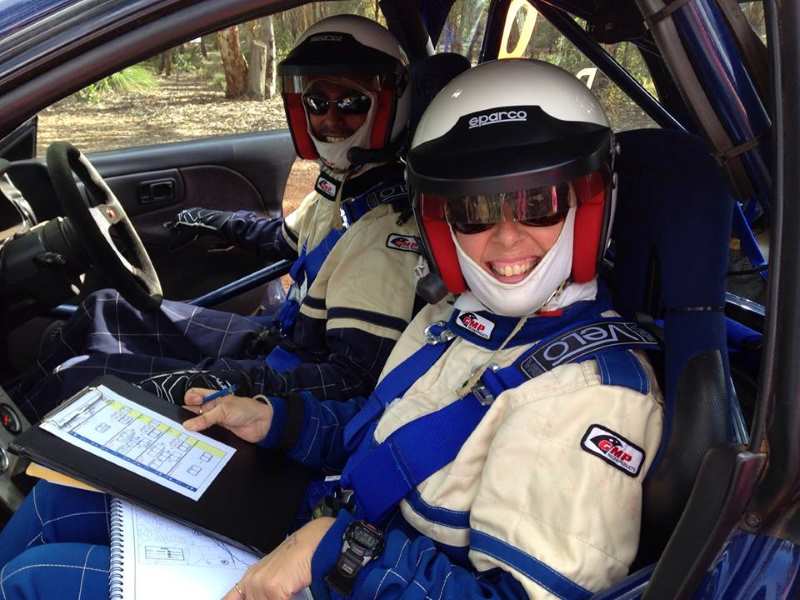
Learn online
Training is the key to be as prepared as possible. Ultimately you’ll be putting it all into practice in a rally. You’ll find it much less nerve racking knowing how to book in and where to go before you arrive at your first event. (Click here to read the story of our very first rally) Also if you have a new driver as well, at least you can both go in having an idea of what to expect. Click Here for online navigator training.
Rally Navigation equipment
In a lot of events these days you don’t need any special equipment for rally navigation. Most of the time a few pencils, erasers and a good watch or clock is all you need. Some navigators have a calculator or app on their phone to help with getting the figures correct on time cards. When using pace notes competitors rely on their own interpretation of distances instead of a trip computer.
Rally computers most useful
If a rally has an organiser supplied road book things may be a little different. These type of events are called “blind rallies” because the competitors have not seen the stages before they race. In these events additional rally navigation equipment is very helpful. Usually there is a special rally computer fitted in the car somewhere the navigator can easily see it. For these events the navigator will call the road book and cross check the distances covered against the computer.
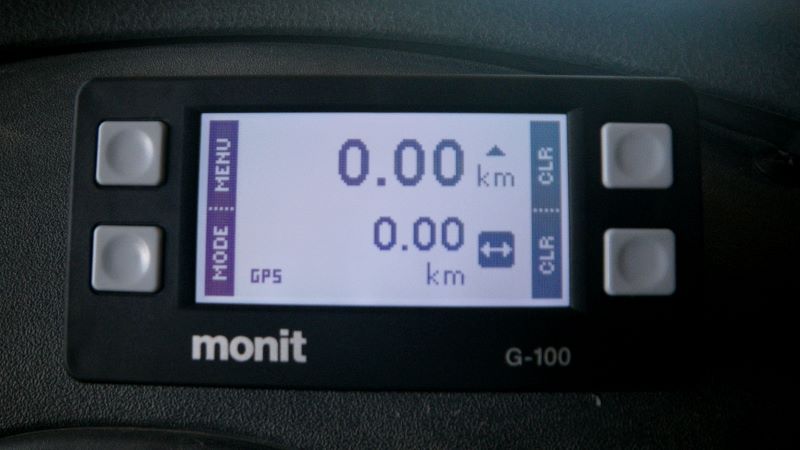
There are a couple of different types and a few brands of rally navigation computers. Accurately measuring distance, these devices use either a sensor fitted to a wheel or a GPS signal for reference. Over the years we’ve used a few different brands. Currently we recommend Monit GPS computers for ease of installation and use. In areas where GPS signal is intermittent (lots of mountains or tunnels) some computers read both wheel sensors and GPS. The Monit units are capable of this too.
If you’d like to know more about becoming a rally navigator or training, please feel free to contact us and we’ll be happy to help.
